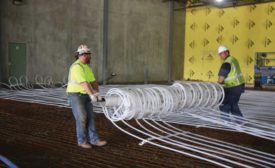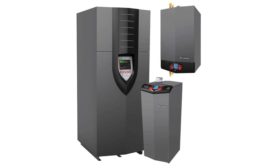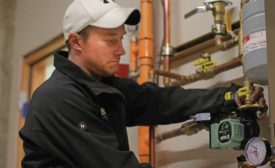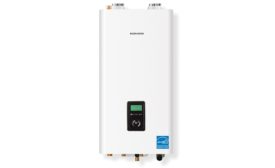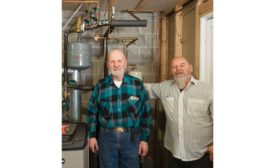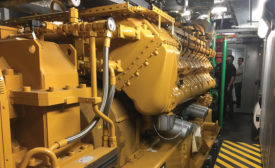Boilers and Hydronics
Customer feedback, new technology simplifies installation and use
Read More
The Case for Adding Hydronics
Why contractors should consider adding wet heat to their suite of solutions
Read More
Boiler Connectivity, Controls Integration Continue To Gain Steam
Manufacturers talk trends in the hydronics arena
Read More
HVAC Contractors Tackle the Top Five Challenges With Hydronic or Radiant Heat
Industry experts share their struggles and successes
Read More
CHP: Old Technology Sparks a New Interest in HVAC Industry
These projects are sustainable in more ways than one
Read More
Copyright ©2024. All Rights Reserved BNP Media.
Design, CMS, Hosting & Web Development :: ePublishing


